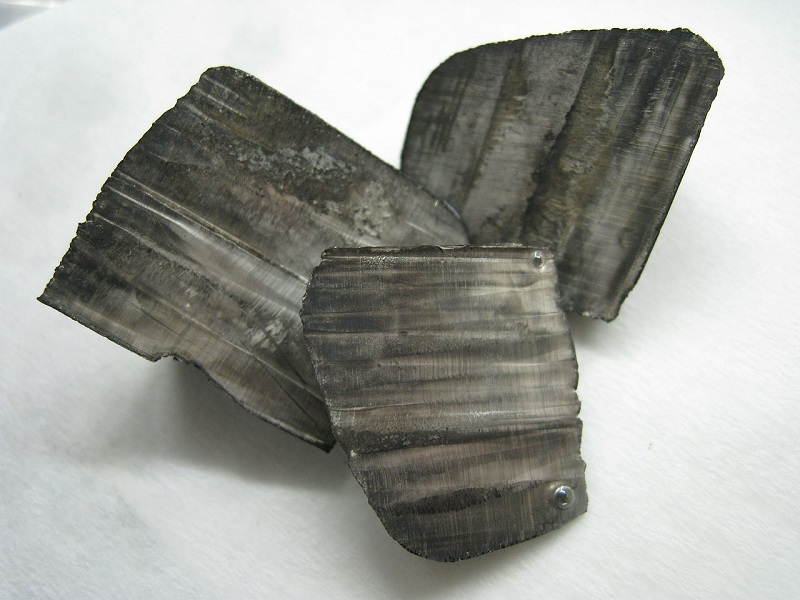While lithium has long been touted as the future of advanced batteries, the technology’s limitations and accidents at lithium facilities have encouraged manufacturers to consider alternatives to power the battery revolution. Umar Ali profiles alternative battery materials with significant potential.

Zinc
Over the past seven years, 110 villages in Africa and Asia have received power from batteries that use zinc and oxygen, the basis of an energy storage system developed by Arizona-based NantEnergy.
Zinc’s abundant supply, fundamental stability and low cost make it an attractive alternative to lithium, but efforts to make it commercially viable at scale have been few and far between. NantEnergy’s zinc-air battery system replaces a second electrode with one that “breathes air”, using oxygen from the atmosphere to extract power from zinc.
According to a report published by Lux Research, “zinc-air is a well-suited chemistry for microgrids, providing a cheap energy storage solution. Flow batteries struggle to scale down to the size of a typical microgrid, and lithium-ion batteries do not compete on cost.”
Importantly, NantEnergy also developed a technique to allow zinc to retain its charge for extended periods of time, solving the usual problem of limited reusability for zinc and zinc-air batteries. According to the company this method can be manufactured locally without rare or costly materials, reducing reliance on imports and contributing to jobs and local economies.
Zinc-air batteries also contain no toxic compounds and are neither highly reactive nor flammable, allowing them to be recycled and safely disposed of.
However, while zinc is one of the most abundant metals on Earth, using it at scale as an alternative to lithium could pose problems in the future. Professor of chemistry at the University of Southern California Sri Narayan told the New York Times: “At the present rate of production of zinc, zinc reserves will last about 25 years.”
“So it is not clear from the reserves available if we will have enough zinc to support the enormous need that will result from the demand for grid-scale batteries.”
Sodium-sulphur
Sodium-sulphur batteries are another alternative to lithium, and have already seen significant use at scale in sites around the world.
In February 2019, Abu Dhabi installed the world’s largest storage battery which makes use of sodium-sulphur battery cells. It is five times larger than the second-largest storage battery at 108 megawatts (MW)/ 648 megawatt hours (MWh).
Sodium-sulphur batteries have a longer lifespan than their lithium-ion counterparts, with lifetimes of around 15 years compared to the two or three years expected from lithium batteries. Sodium and sulphur are also abundant and inexpensive materials, which mitigates one of the main problems with lithium batteries.
However, there are risks involved with handling both sodium and sulphur due to the volatile nature of both reactants. Liquid sodium coming into contact with water in the atmosphere poses a significant risk due to the highly exothermic reaction, which could become explosive when working at scale.
Sodium-sulphur battery factories and installations that use them have been the site of a number of fires, such as the 2011 fire at the Tsukuba Plant in Japan that caused manufacturer NGK to temporarily suspend production of its sodium-sulphur batteries.
Another drawback to sodium-sulphur batteries is the high operating temperature of 300 °C, which is needed to liquefy the sodium. These high temperatures could damage the ceramic membrane separating the anode and cathode components of the battery, and could also exacerbate the volatility of the reactants in the batteries.
Hydrogen fuel cells
Hydrogen has been touted by a number of energy companies as a carbon-neutral alternative to liquefied natural gas, and hydrogen fuel cells are also being developed as an alternative to traditional lithium batteries.
Hydrogen fuel cells have an energy-to-weight ratio ten times greater than lithium batteries, owing to the use of hydrogen and oxygen as reactants. This means hydrogen fuel cells can be lighter and occupy smaller spaces while delivering equivalent power to lithium batteries, saving on resources.
Hydrogen is extremely abundant in the atmosphere, making it an attractive alternative to materials with limited supply such as lithium or zinc.
Hydrogen fuel cells also have a greater range than lithium batteries and only produce water and heat as part of the energy production process, presenting an efficient and carbon-neutral source of power compared to conventional batteries.
While the manufacturing processes for batteries (and the devices they power) release carbon dioxide into the atmosphere, this effect can be mitigated by powering the processes with renewable energy sources. Hydrogen batteries also use less carbon dioxide to manufacture than lithium batteries by virtue of not requiring energy-intensive mining efforts.
However, hydrogen fuel cells are a relatively new technology and come with their own drawbacks.
Much like sodium, hydrogen is highly flammable and can react explosively if not handled correctly. Moderating the temperature of the fuel cells is important to prevent volatile reactions, and because fuel cells need liquid water to work as opposed to steam or ice.
Storing hydrogen is expensive and energy-intensive, both as a gas and stored as a liquid at low temperatures. Despite its abundance in the atmosphere, hydrogen is also difficult and expensive to produce and transport, particularly at scale.